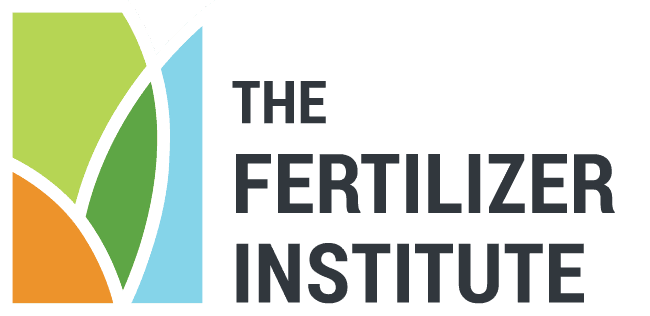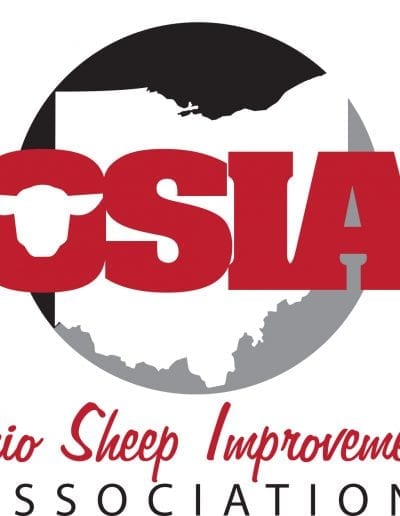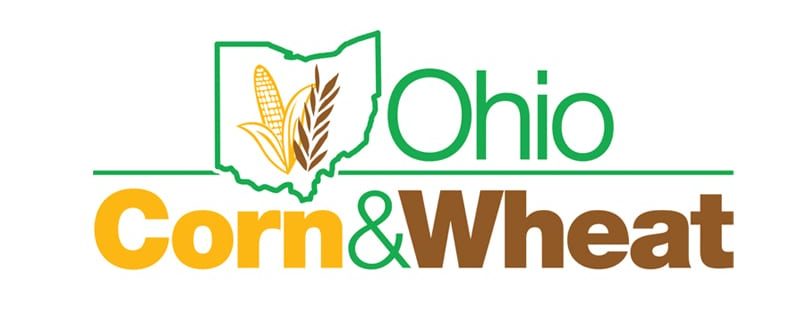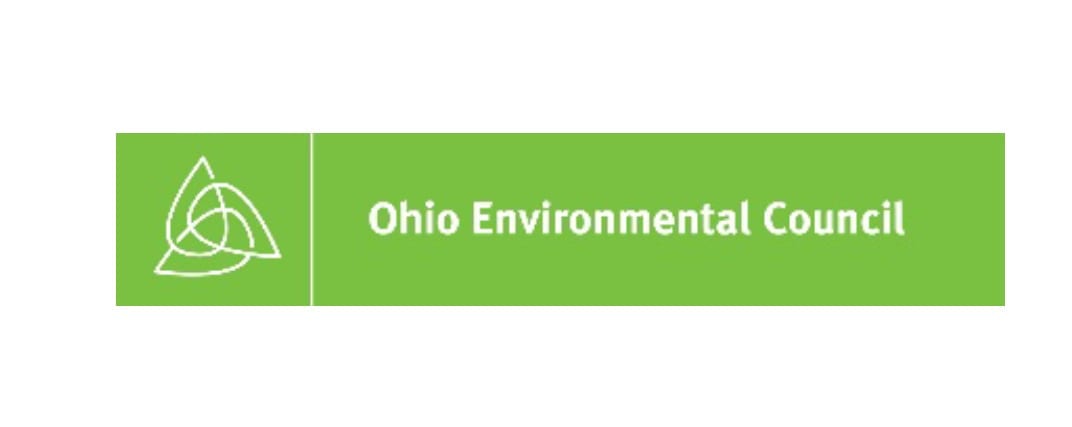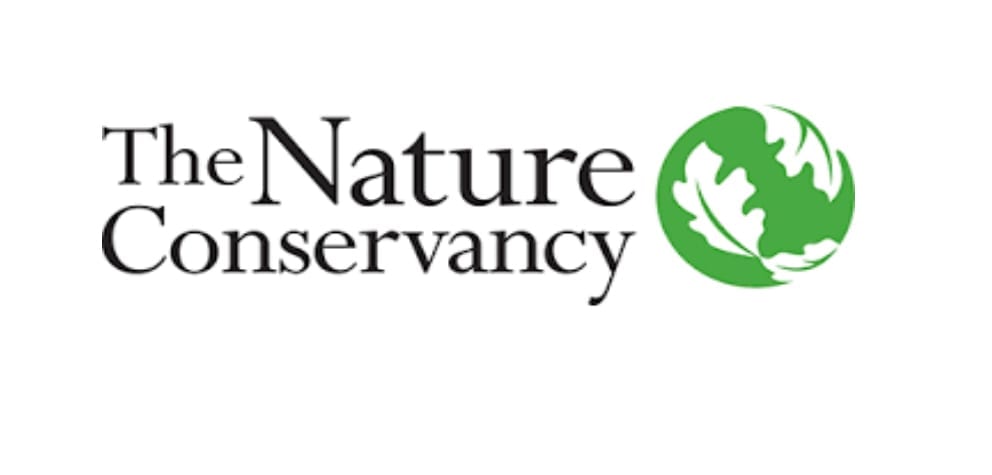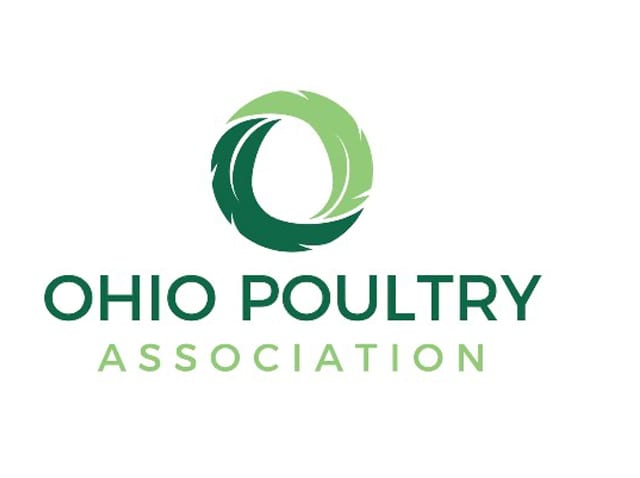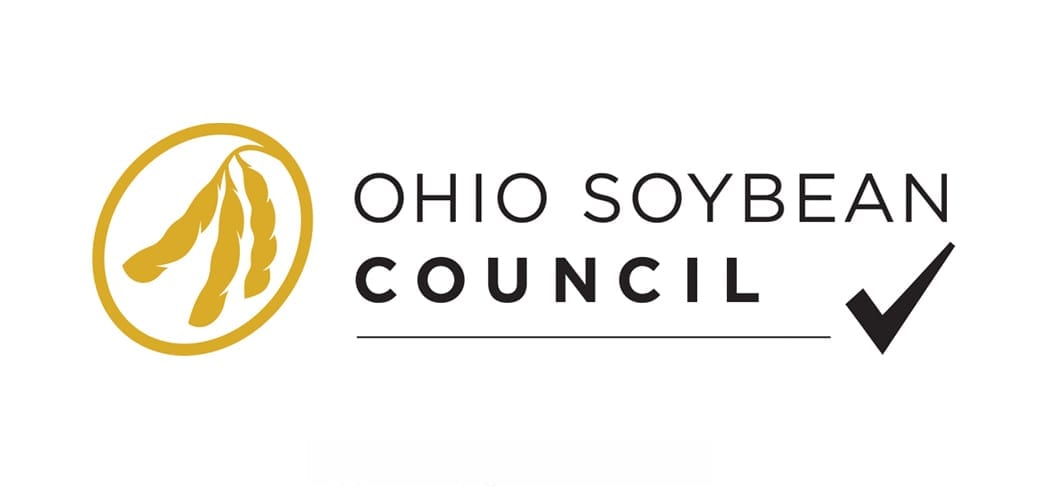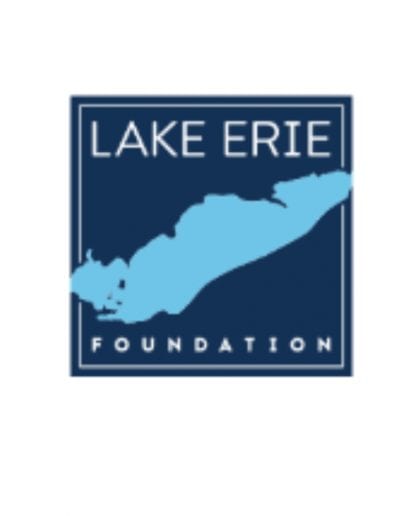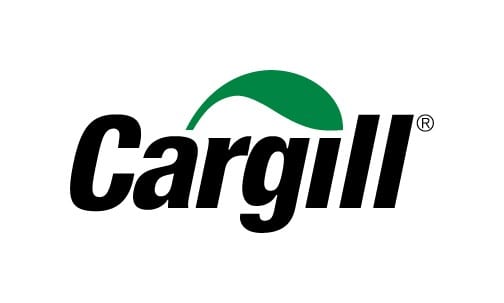Ohio agriculture conservation initiative
About OACI
The Ohio Agriculture Conservation Initiative (OACI) is an innovative, collaborative effort of the agricultural, conservation, environmental and research communities to improve water quality by establishing a baseline understanding of current conservation and nutrient management efforts while building farmer participation in a new certification program. OACI supports Governor Mike DeWine’s H2Ohio plan and has outlined initial steps to address the complexities of Ohio’s water quality.
For the first time, a diverse group of partners in agriculture, environmental, and academia have come together to gather critical information, identify best management practices and propose technical solutions to address water quality challenges in Ohio and the Western Lake Erie Basin.
OACI was formed to accomplish two key goals:
- Assess farm practices in Ohio to better understand current on-farm conservation and nutrient management efforts.
- Create a new, voluntary certification program for farmers to promote continuous improvement and increase the adoption of best management practices to improve water quality in the Western Lake Erie Basin.
About Certification
Participating farms will be evaluated in the following categories: soil testing, nutrient application, nutrient placement, on-field management and structural practices. Each participant will record the number of acres involved in each scoring category. As a result, participants will then be given a score for each category and an aggregated overall score that will determine their certification level.
FAQs
Who will administer the certification program?
The certification program is planned to be administered by the Ohio Federation of Soil and Water Conservation Districts.
What is the timing for the certification program?
A pilot program will focus first on reducing runoff into the Maumee River Watershed and Lake Erie and will eventually be offered to other parts of the state in the future. Farmers in the Maumee River Watershed will have the certification app available in time for spring 2020 planting.
Which counties are included as part of the certification program?
There are 14 counties in the initial pilot, including: Williams, Defiance, Paulding, Van Wert, Mercer, Fulton, Henry, Putnam, Allen, Auglaize, Lucas, Wood, Hancock, and Hardin.
When will the program be expanded to other counties?
The program will be expanded statewide in late 2020 after the initial pilot program has been completed. Entering the certification program does not ensure access to H2Ohio funds in that current year as the schedule for H2Ohio geographic rollout is different than OACI Farmer Certification.
How do I become certified?
Farmers will use a mobile app or identical desktop version to self-report information about their farm. Participants will be evaluated in several categories, including: soil testing, nutrient application, nutrient placement, in-field management, and structural practices. Participants will record the number of acres involved in each scoring category. There will also be options to record rented acres and owned acres, which will be weighted differently. Participants will be given a score for each category and an aggregated overall score to determine their certification level.
Why do I need to become certified?
The OACI certification program will be governed by farmers, along with agriculture, conservation, and environmental groups that have been working collaboratively to ensure farmers are not only being recognized for their ongoing conservation efforts but allow for more opportunities to improve their practices to be identified.
Being a certified farmer will reaffirm the commitment to continuous improvement and highlight specific areas on the farm that could be eligible for funding to implement key BMPs to improve water quality and nutrient management. As more and more farmers become certified, demonstrating that thousands of farmers and millions of acres are dedicated to implementing BMPs, Ohio’s agricultural industry will display its commitment to water quality in action not in words.
Where do I go to enroll in the certification program?
In spring 2020, farmers will be able to login using the mobile app and complete a farmer profile to complete basic information. The app will guide farmers through all categories in an easy-to-use format. Upon completion, participants will be given a score for each category and an aggregated overall score to determine their certification level.
All of the member organizations of OACI will be sharing with their farmer members how to fill out the app. Help will also be available through meetings scheduled specifically for OACI and H2Ohio and through the Soil and Water Conservation District offices in each county.
What will happen with the data/information I submit?
All data collected will move from the mobile app to the cloud at The Ohio State University for aggregation and statistical analyses. The data will be kept confidential.
How will this be different than what is already being done?
There has never been a comprehensive, statewide farmer certification program in Ohio. Additionally, Ohio agriculture and environmental stakeholders have never been aligned behind one shared water quality mission.
How will you hold farmers accountable for self-reported data?
Independent audits of >15% of users will be conducted to ensure accurate data was inputted into the system. Audits may include auditors coming out for a site visit to ensure completion of certain BMPs.
How will the certification program achieve lasting results?
It is important to recognize that this isn’t a one-time program or class. It will be a meaningful long-term initiative that will likely exist for decades and expand throughout the state. It is a process of continual improvement with an engaged group of farmers who want to improve their practices in environmental management as new and improved information becomes available.
OACI’s voluntary certification will be valued in the farmer community, and certification is something that other farms will strive for. Farmers will want a higher level of certification and to be recognized by their peers as a good producer. It will also help alleviate public concerns about on-farm environmental practices by illustrating that farmers are in fact doing the right thing and should be recognized for their efforts.
OACI’S core components of assessment and certification, along with robust research, will be a critical tool for enhancing understanding of impacts on the state’s waterways and identifying comprehensive solutions to address algal blooms and nutrient reduction to improve Ohio’s water quality.
Measuring Success
How will we be sure these best management practices will work?
Through this initiative and the support of the H2Ohio program, OACI will promote and encourage broad-scale adoption of best management practices for farmers to do their part in contributing to healthy waterways.
Certification recognizes those farms that voluntarily demonstrate a commitment to continuous improvement in the implementation of conservation and nutrient management practices.
About Funding
How will the certification program be funded?
The Certification Program is not a government program and therefore, will be funded through the agriculture, environmental and conservation organizations that make up OACI. The dollars that will help farmers meet their conservation goals will come through the H2Ohio program.



